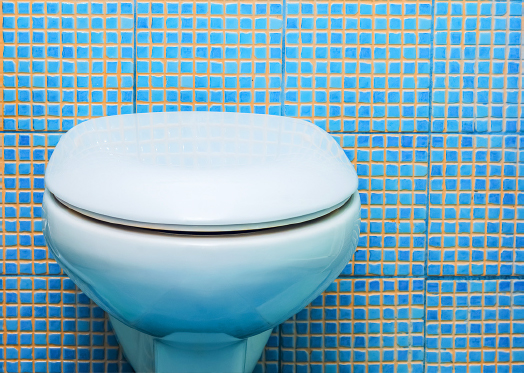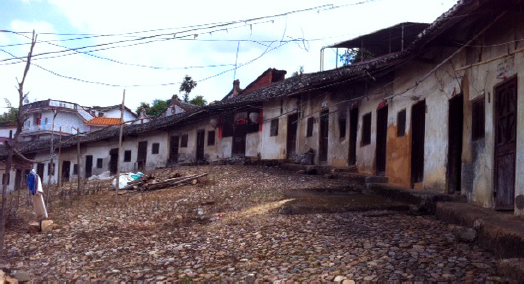
Revolutionizing the Toilet
In Hong Kong, having a sustainable toilet may simply mean disposing of your waste with less water than the average of eight litres per flush. But for 2.5 billion people in the world, a sustainable toilet could be the difference between life and death.
Sanitation and Health
In countries without proper sanitation, human waste is stored in flimsy latrines and rudimentary sewage systems, or worse, left out in the open. Farmers may collect human waste and transport it without treatment to the fields for use as fertilizers. This puts humans, insects and animals into direct contact with excreta, causing widespread health problems.
The United Nations estimates that 1.5 million child deaths every year are caused by food and water contaminated with fecal matter. The majority of these can be prevented with improvements in toilets and sewage systems. Yet for 2.5 billion people worldwide, improper sanitation, including risky methods for containing and treating human excreta, is a daily reality. The world’s two most populous nations, China and India, have respectively 50 million and 638 million people defecating outdoors.
Next Generation Toilets
In 2011, the Bill & Melinda Gates Foundation launched the Reinvent the Toilet Challenge, an imaginative programme that asks universities in the US and worldwide to design toilets that can handle waste without piped water, sewer or electrical connections, and turn waste into useful resources at an affordable price.
Winning designs of round one of the challenge include a solar-powered toilet that generates hydrogen and electricity, a toilet that produces biological charcoal, minerals, and clean water, and a toilet that sanitizes feces and urine and recovers resources and clean water.


China and India
In 2013, the foundation took the challenge overseas—first to China, investing US$5 million to support Chinese researchers to spearhead R&D, and the production of improved toilets, and then to India. The foundation and the Indian government are each investing US$1 million to support sanitation research and development projects conducted by individuals and organizations with the objective of extending affordable sanitation services to poor communities. So far these initiatives have produced a number of waterless toilets, including one powered by the sun, and one that converts human waste to biochar, a highly porous charcoal.
Hong Kong’s Flushing Water
Fresh water shortages prompted the Hong Kong government to introduce seawater flushing systems in the territory in the late 1950s. The system was unpopular initially due to the need to build a separate plumbing network in each house. From 1972 onwards seawater was provided for free and the costs of the system were recovered through the drinking water tariff. In 1991, about 65% of all households in the city used seawater for flushing. Today the figure is close to 80%. The extensive reliance on seawater for flushing has helped to reduce the demand on fresh water. In 2013, an average of 762,560 m3 per day of seawater was supplied for flushing purposes, conserving an equivalent amount of potable water.
Though seawater is not treated to the same standards as drinking water, it is not supplied straight from the sea. The water we see swirling in our toilet bowls has been strained to remove sizeable particles and disinfected with chlorine or hypochlorite. Therefore, by using the dual flush toilet, we are not only saving water but also the energy and chemicals used in treating flusing water.
Let's Save 10L Water
To raise public awareness about water conservation and celebrate the United Nation's 'World Water Day' on 22 March, the Water Supplies Department has launched the 'Let's Save 10L Water' Campaign. CUHK has pledged its support for the campaign and encourages all members of the University community to check out the Campaign Website for water saving tips and to save 10L water a day.


